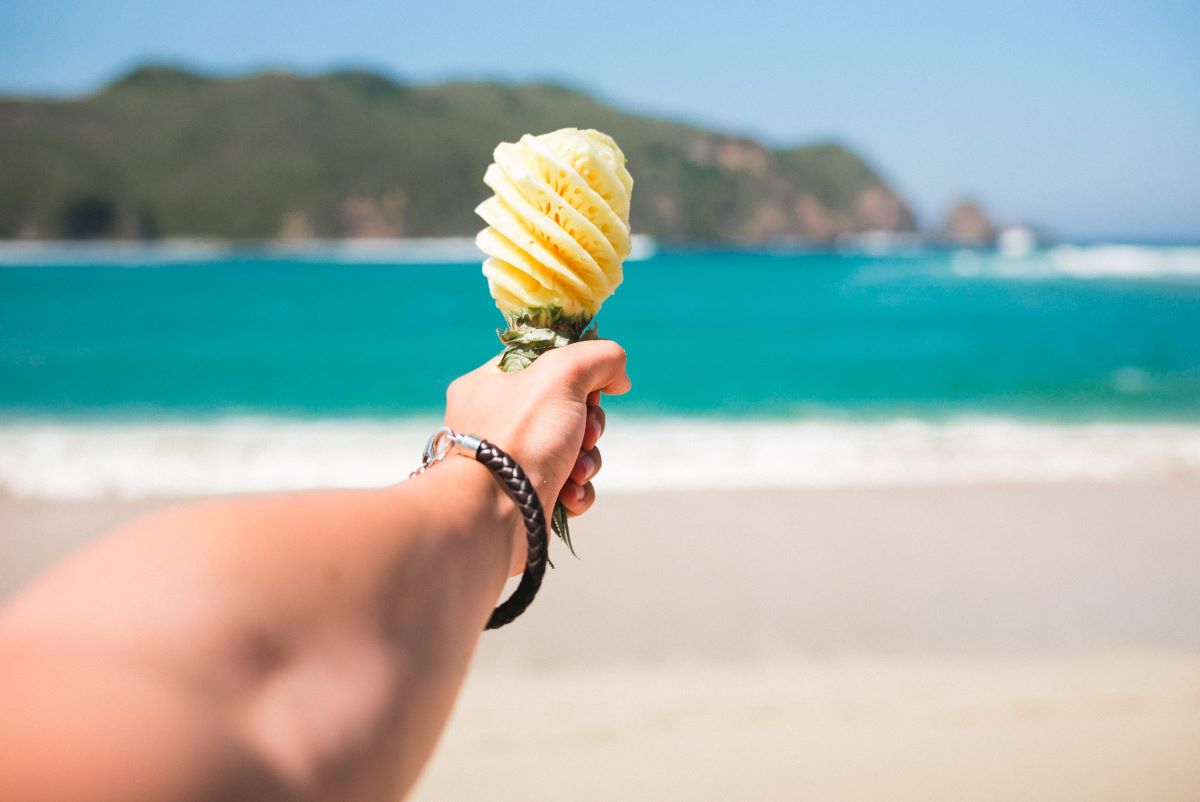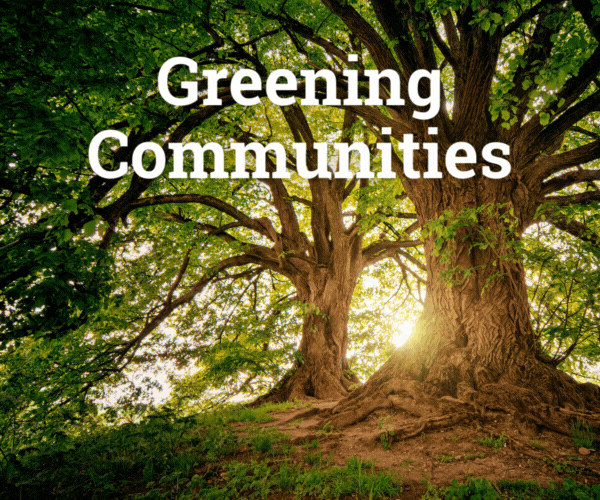Worldwide, July was the hottest month on record.
Seasons will still come and go, but higher temperatures —“extreme heat” — are here to stay.
The sooner we accept that and the more effectively we address it, the better off we’ll all be.
At an Aug. 29 press briefing hosted by Ethnic Media Services and California’s Office of Community Partnerships and Strategic Communications, speakers discussed what’s changed and what we can do to adapt to this new reality.
California’s Future is Hot
“These are not your grandmothers’ heat waves,” said Braden Kay, Extreme Heat and Community Resilience Program manager for California’s Governor’s Office of Planning and Research.
Kay previously worked in Phoenix, Arizona, which last month recorded more than 30 consecutive days of 110-degrees-or-higher temperatures.
“In a lot of ways, Arizona is the future that many California cities will be facing,” he said.
“Extreme heat is the climate risk that all 58 counties in California will face,” Kay said, noting that 90-degree weather now sometimes occurs as early as March and as late as November.
BIPOC Most Impacted
Furthermore, he said, “there’s no question that communities of color and indigenous communities are the most impacted by health disparities exacerbated by extreme heat, as well as heat deaths.”
“One of the biggest health concerns we have is around nighttime temperatures. For people who don’t have air conditioning, access to cooling infrastructure, those night time temperatures have potentially a more deadly impact than those daytime temperatures that get all the attention.”
“The hours in which it is hot are increasing. Our bodies are not acclimatized to it,” he said. “It’s a huge difference.”
‘Historic Investment’
“The state is making an historic investment in climate action and extreme heat,” he said, citing safety tips and programs reviewable at heatreadyca.com and an “all-of-state-government approach” to the challenge: for instance, a new grant program to support awareness campaigns, add trees and shade infrastructure.
Kay was joined by speakers from two California community organizations, Esther Bejarano, of Comite Civico del Valle, and Jonathan Pilch, of Watsonville Wetlands Watch, as well as by Sharon Okonkwo-Holmes, a doctor of family medicine at Kaiser Permanente Southern California.
Comite Civico del Valle and Watsonville Wetlands Watch have both won OCPSC grants to raise awareness about heat and extreme weather and for mitigation strategies such as shade-tree planting, particularly at school sites, water distribution and establishing cooling centers.
Infrastructure Support
Imperial County has been surviving with extreme weather for years and decades, Bejarano said, speaking from Brawley, where it was 111 degrees. But “it’s hotter than ever, it’s getting hotter every summer.”
“We definitely need infrastructure support,” she said, describing a recent visit to a shopping center with just one tree in the entire parking lot. Without any shady spots to park, car temperatures rose beyond 130 degrees.
The day before, she said, her son was at school, playing in 113-degree weather with no shade, no trees, and no drinking water. When she asked the school to keep her son indoors during extreme temperatures, she was told to take it up with the school principal.
Stay Hydrated
Cooling stations sometimes close for the day. Those located in libraries or other public buildings close at the latest by 7 p.m., when it’s still more than 110 degrees.
“We need investment, we need infrastructure, we need education, directly to students, to schools, to change that cultural behavior,” said Bejarano.
“As doctors, perhaps one of the most useful things we can do is educate the public,” Okonkwo-Holmes said.
“Older populations, Blacks and Latinos and indigenous people, are more vulnerable because in general, these populations lack resources that others might have in abundance.”
“Older adults in general don’t feel as thirsty, but I’m telling them, ‘Stay on top of your hydration. Lime, lemon, cucumber, whatever’s necessary to make you have an incentive for drinking!’
‘A Delicate Dance’
“I tell them, ‘I want you to have 2 liters a day. If you have air conditioning, crank it all the way up. If you don’t, spend a lot of time having cool showers.’
“It’s a delicate dance our bodies are constantly trying to do. We really need our bodies to stay cool, 96-99 degrees. If not, proteins in our bodies stop working. The heart can’t keep up; our kidneys get dehydrated.”
Symptoms of heat exhaustion include feeling fatigued and tired, she said.
“Swelling in the lower extremities is a very key sign that they’re overheating. High blood pressure is another.”
Humidity
“If we’re not listening to those warning systems, we can get seizures and death.”
Humidity makes it harder for sweat to evaporate, the body’s natural cooling system, Okonkwo-Holmes noted. “When sweating is not enough, we shunt blood to the skin, to the surface of our bodies. But this is a problem especially for older folks, because we need that blood in our brains, in our hearts, so if you have hypertension, a history of stroke, diabetes, kidney problems, it’s really troublesome.”
“We don’t want you to be home alone and faint. We don’t want you to lie down.”
“I think about those who work outside and folks who play sports. Especially in the Black community, football players wearing big helmets, a lot of padding. We have to ask them to advocate for themselves. These folks are going to need 4 liters of water. And it needs to be cooled,” said Okonkwo-Holmes.
Tree Canopy Expansion
“Besides heat stress reduction, mental health benefits, physical health benefits, reduced asthma and cortisol rates, tree canopy expansion increases focus and attention and boosts academic performance,” said Jonathan Pilch, director of Watsonville’s Wetlands Watch, a nonprofit with decades of focus on the role environment plays in communities’ health.
“Schools are really on the front lines for young people in terms of heat impacts,” Pilch said. “They’re the place with the greatest opportunity, and youth can be a really important piece of solution-oriented response to heat stress and the climate crisis.”
“There’s a tremendous amount of research that shows the value of tree planting on campuses,” he said.
Trees take several years to establish themselves, but their benefits can live on for decades.
Pilch cited recent help from the California Department of Forestry and Fire Protection’s Urban and Community Forestry Program Schoolyard Planning grant for Watsonville-area schools.
Keep An Eye On Your Neighbor
“We need to take care of each other, work collectively, help others advocate for themselves,” Bejarano said in conclusion. “As a parent, you need to advocate for your child, for your community. And we need to be ready for the harsh conditions that are coming our way.”
“There’s no question we need better policy solutions and better infrastructure solutions to keep people safe indoors,” Kay added.
But, “keep an eye on your neighbors, keep an eye on elderly in community, keep an eye on each other. Moving from awareness to building collective action is critical,” he said.





